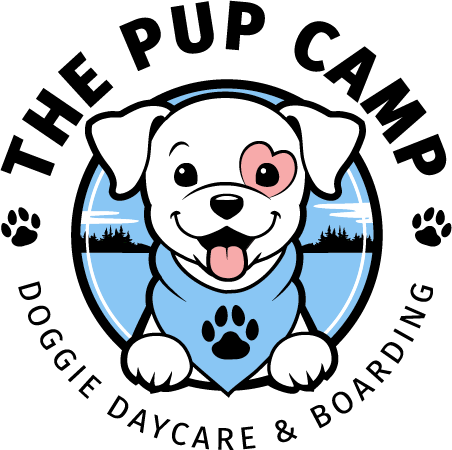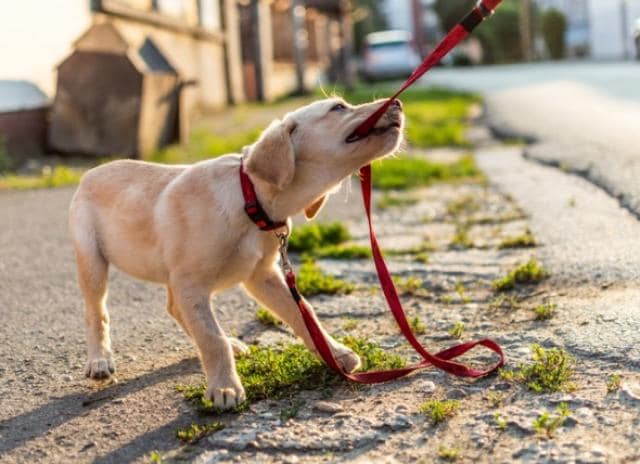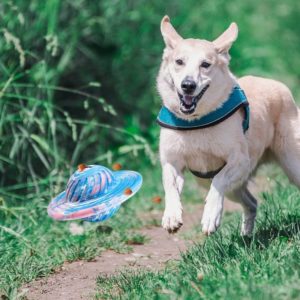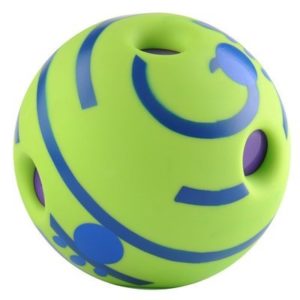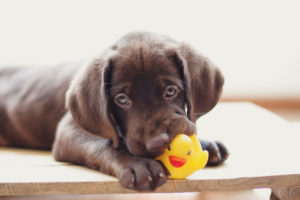All great dog training must begin in a comfortable and stress-free environment before you expect your dog to master the training process with outside distractions.
The Pup Camp wants to give you friendly advice on training your fur baby!
1. Eye Contact is major!
Focus…Focus…Focus! When dogs visually check in with you using their eyes, reinforce them with a treat and say “Yes” or “good boy/ good girl.” Looking a dog in the eye will help them to trust you more and more. Remember, your dog is in a new environment and living situation so, they will want to build their trust with you.
2. Name Recognition
You need to get used to saying your dog’s name all the time when training… This helps them to learn their name faster! Does your dog turn his or her head in your direction real fast when calling their name or does the dog think their name is “no” or “stop”? When a dog hears their name they should be able to tune out their environment and look at their owner.
3. Most trainers consider off-leash training to be a graduate-level skill set.
It is very important to teach your dog to come when called off-leash. You don’t want a pup running away on you. The pup needs to understand that coming to you is a happy joy occasion.
4. Teach your dog to sit!
Use a treat and tell your dog to “sit.” You want “sit” to become a “please” or “what do you need me to do?” question from the dog. Any dog can not jump, lunge or run away while sitting.
5. Leave it! This can be a lifesaver!
This is so important for your dog to learn. This cue can help your dog not to eat anything stinky or poisonous. This can benefit your dog when going for walks and passing other dogs… teaching them to ignore the other dog and keep walking.
6. “Drop it!”
This cue will be beneficial when your pup tries to eat your shoes or chew up personal items. In exchange for your shoe, say “drop it” and the pup must give up what is in his or her mouth first. Then, throw the dog’s chew toy or tennis ball. This teaches right from wrong when it comes to chewing a toy versus your favorite shoe.
7. “Stay”!
Start by teaching your dog “stay” in a quiet, controlled environment. Start with a 10 second “stay” and keep increasing the time of how long the dog stays for. Work on duration before you work on distance. This cue will be the most important when your dog is out in the yard and someone walks by with their dog. This cue will save your dog from chasing anything outside of the yard.
These tips will benefit you in the long-run when training your dog. These tips will help to make you feel comfortable and your dog as well.
